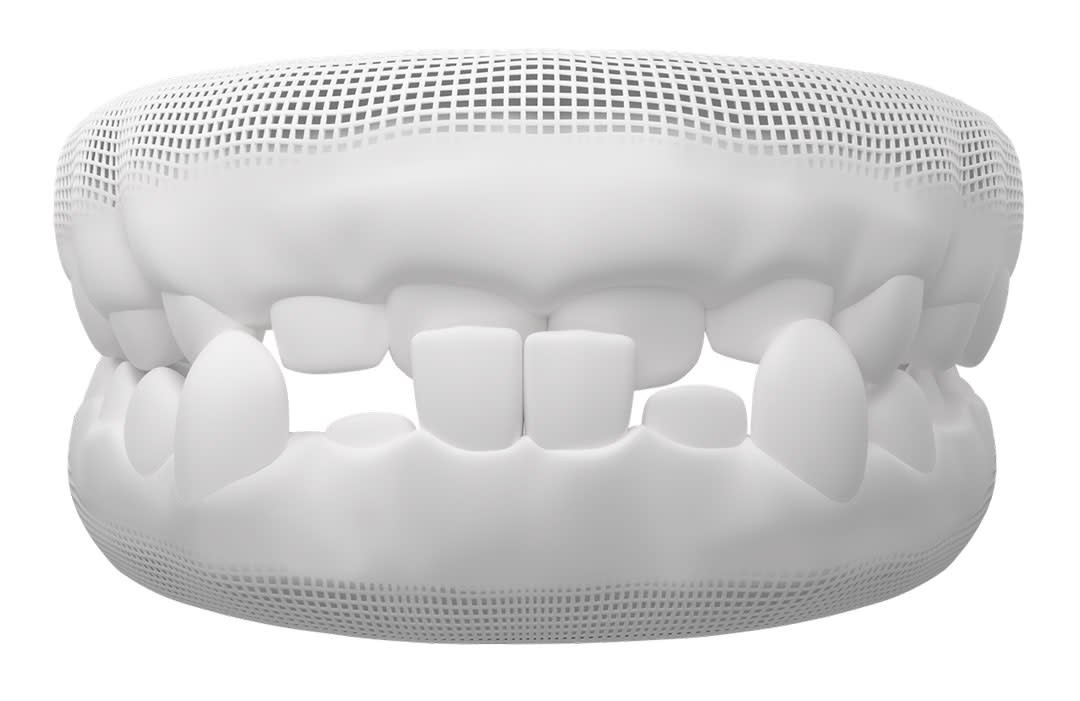When is the right time to take your child to their first orthodontist visit? At a certain age? When their permanent teeth come in? When your dentist suggests it? When they start middle school?
Actually, your child’s first visit to the orthodontist should happen earlier than may think. If your child is old enough for a visit from the tooth fairy, they are probably old enough for their first orthodontist visit. The American Association of Orthodontists suggests that children get screened by an orthodontist by age 7.1
Isn’t 7 years old too young to visit the orthodontist?
It’s easy to associate orthodontic visits and braces with older kids, usually around middle school age. However, if you wait too long to consult your orthodontist, the window to intercept some issues early may have already closed. By age 7 your child should have enough permanent teeth that the orthodontist can identify issues that could require early treatment.1
Early intervention can help keep problems from getting worse. It tries to catch them early, eliminate their causes and help the bones in the face and mouth grow correctly. Some problems may be easier to fix if they are found and treated early.
Some issues that orthodontists may elect to treat while a child still has baby teeth include:
Underbites
Crossbites
Very crowded teeth
Excessively spaced teeth
Extra or missing teeth
Issues related to thumb or pacifier sucking1
What are some signs that my child should see an orthodontist?
Don’t wait until your son or daughter turns 7 to meet the orthodontist if you think something is off. Early intervention helps problems from becoming more serious. Signs that your child may need to see an orthodontist before they turn 7 include early (or late) loss of baby teeth, cheek biting, difficulty breathing or chewing, crowded or misplaced teeth, unbalanced facial appearance, and more.2
Not sure if your child’s situation merits a visit to the orthodontist? Try talking to your dentist. You may not need a dental referral to schedule an orthodontic consultation, but your family dentist can be an incredible resource when making decisions about your child’s oral health.
What happens during the initial consultation?
Every orthodontic situation is unique, but the initial consultation is about two things: you and your child learning more about the orthodontist, and the orthodontist learning more about your child’s situation. The orthodontist and team will introduce themselves, answer any questions you have, and examine your child’s mouth. This exam may include photographs, x-rays, or high-resolution iTero digital scans.
Where things go from there will depend on your child’s situation and where they are in their development.3 The orthodontist may suggest a follow up in future (from a few months to a few years). They may also feel that early intervention is necessary and talk with you about a treatment plan.






